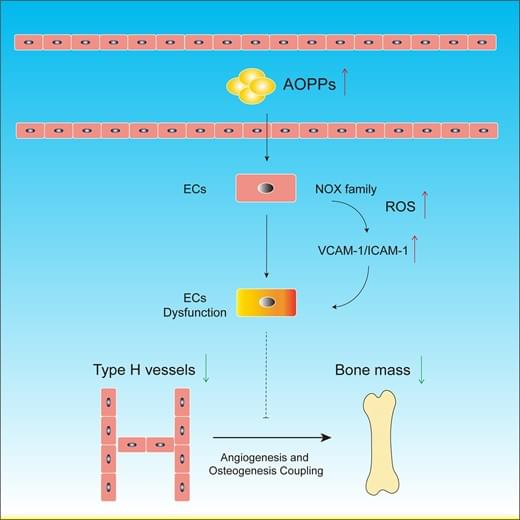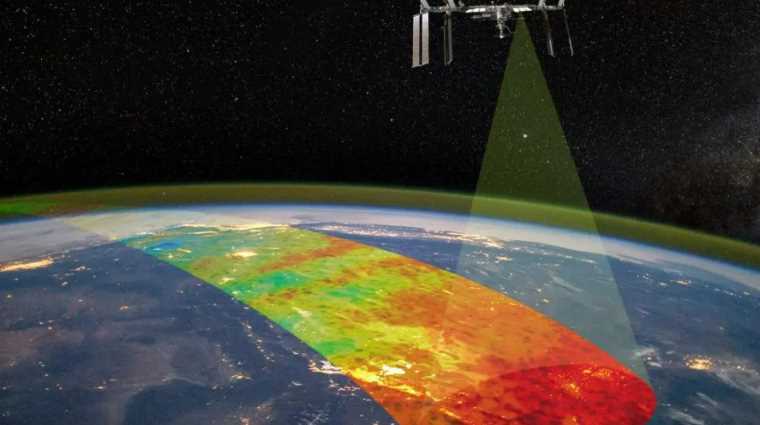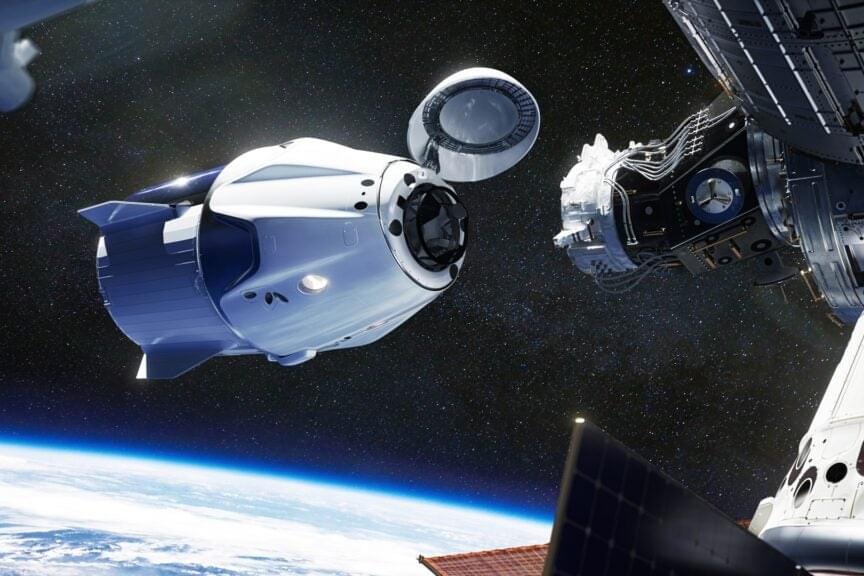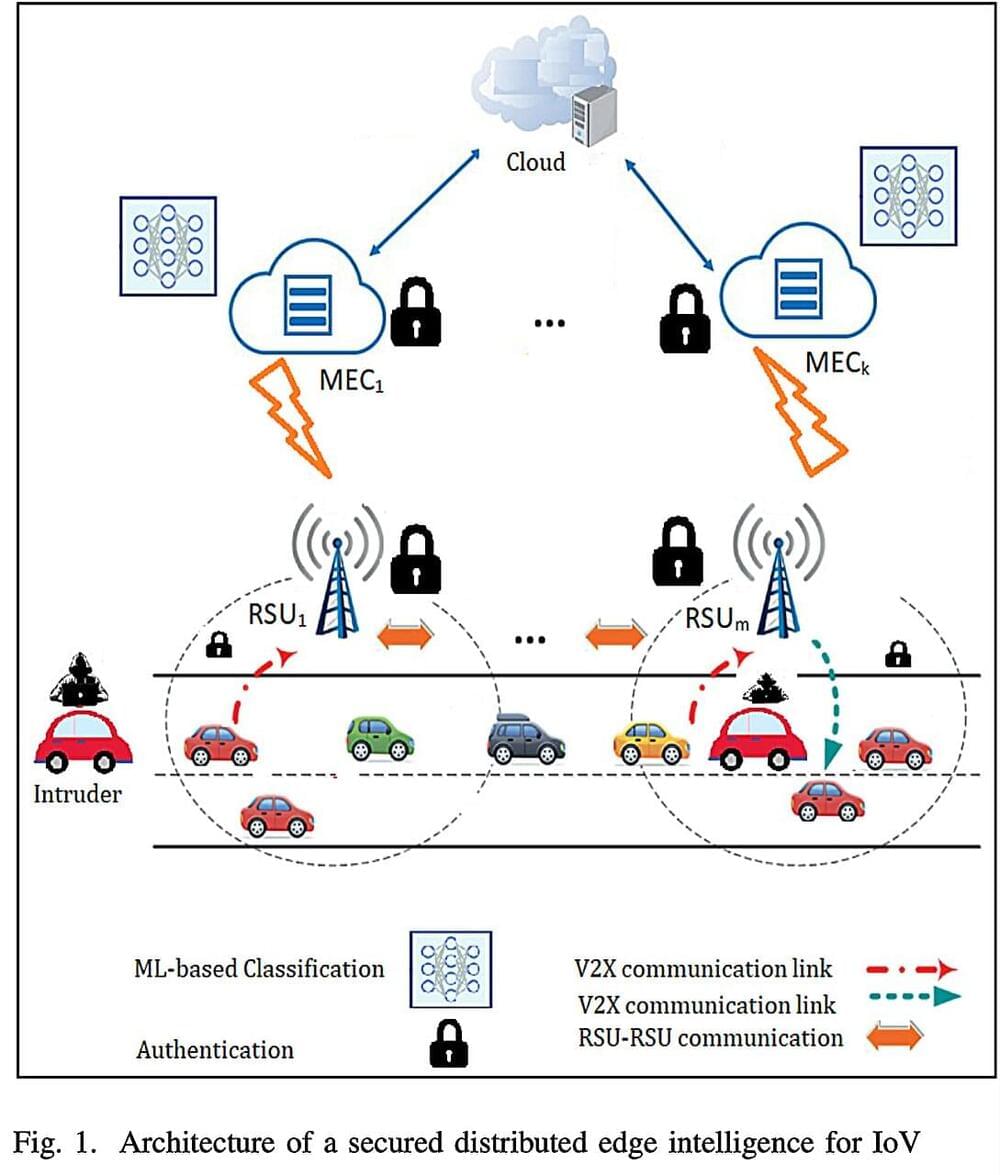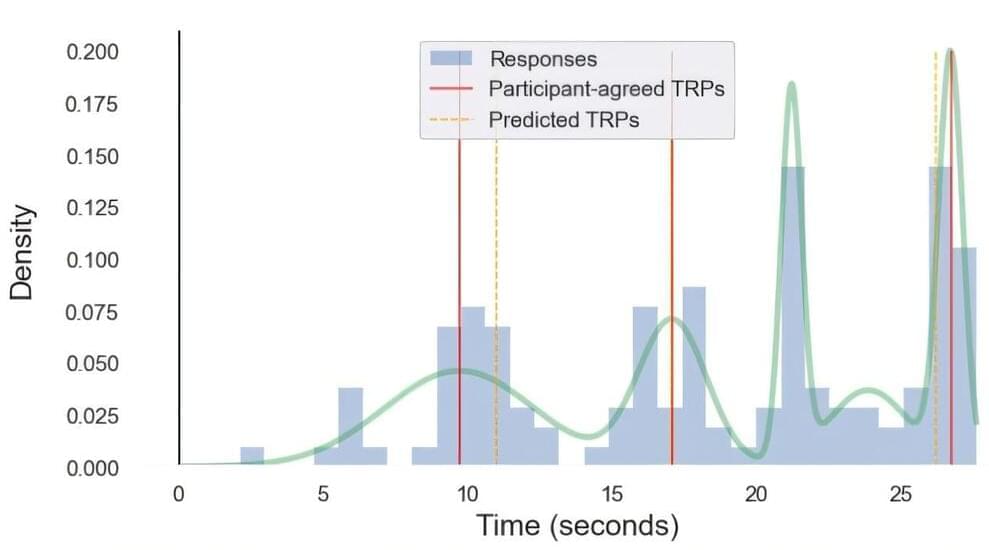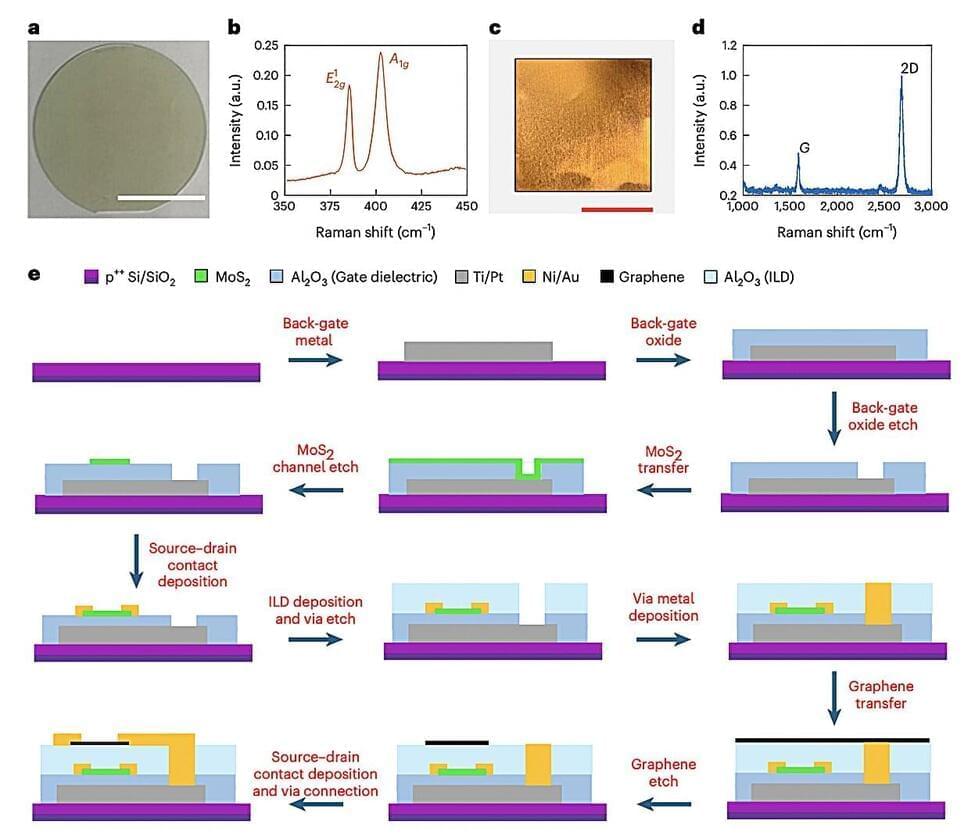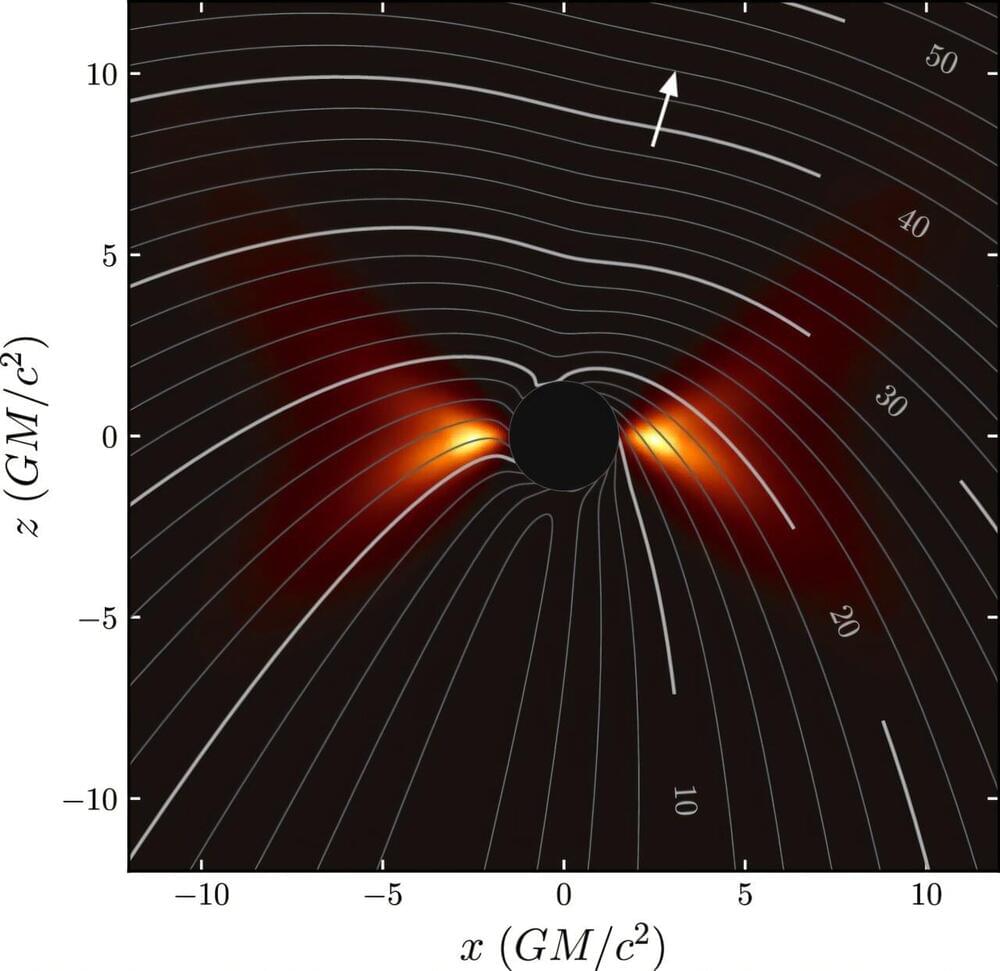Nov 11, 2024
New Spectral Camera Uses AI to Boost Farm Yields by 20%
Posted by Omuterema Akhahenda in categories: biotech/medical, food, health, information science, robotics/AI
A team of EU scientists is developing a new advanced camera that uses photonics to reveal what the eye cannot see. This innovative system is being developed to transform various industries, including vertical farming. It will allow farmers growing crops like salads, herbs, and microgreens to detect plant diseases early, monitor crop health with precision, and optimise harvest times — boosting yields by up to 20%.
A new European consortium funded under the Photonics Partnership is developing a new imaging platform that ensures everything from crops to factory products is of the highest quality by detecting things humans simply cannot.
Called ‘HyperImage’, the project aims to revolutionise quality assurance and operational efficiency across different sectors. This high-tech imaging system uses AI machine learning algorithms to identify objects for more precise decision-making.

